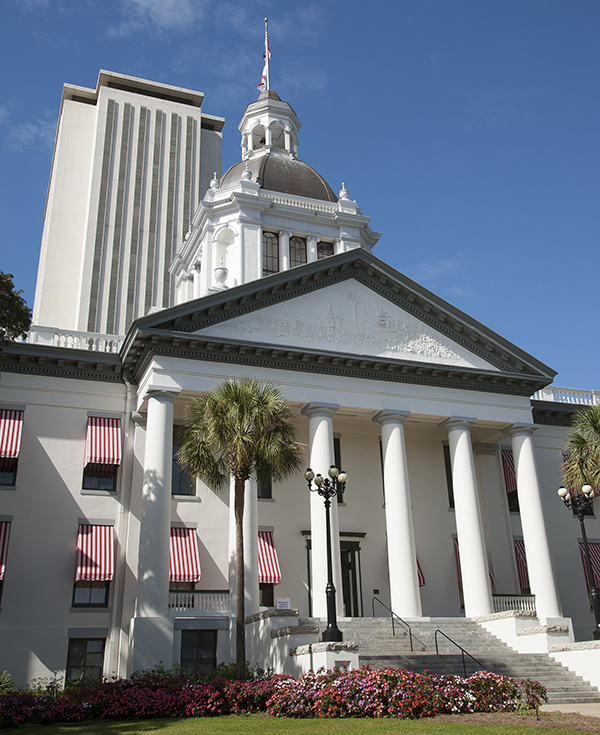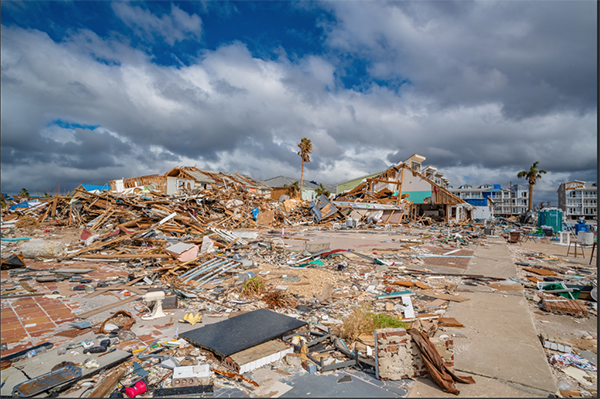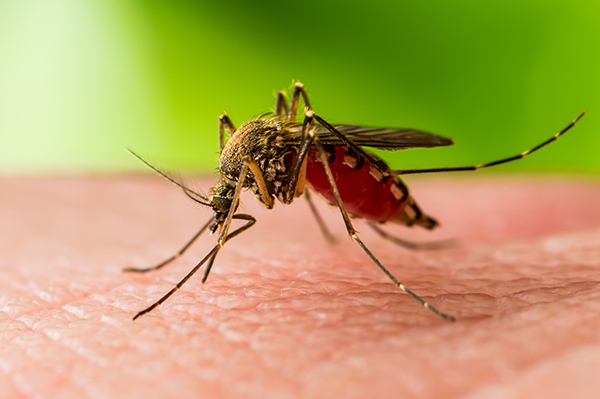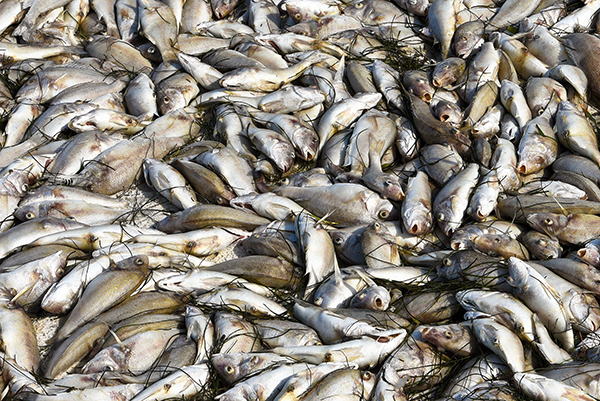
Florida: Ground Zero for Climate Change
Florida: Ground Zero for Climate Change
Nowhere on earth is immune from the effects of climate change, but some places are particularly vulnerable to those impacts. Florida, which is already under duress from climate-related problems, is ground zero. The sunshine state faces severe disruption and massive costs unless we get serious about safeguarding our life-sustaining atmosphere.
The Impacts
Tell your elected officials
Florida Needs Responsible Climate Stewardship!
It’s Conservative

and your Congressman.

your state Senator and your state Representative.
The Impacts
Drinking Water
Heavier rains, stronger storms, and rising sea levels present a multi-pronged assault on South Florida’s primary water source, the Biscayne Aquifer.
This aquifer is a shallow layer of highly permeable limestone that is very susceptible to contamination.
As the ocean rises, salt water is being pushed into the limestone, posing one source of contamination. Another comes as more intense flooding and rainstorms swell the water table, which risks inundating Miami-Dade’s more than 90,000 septic tanks and mainlining partially treated human waste into the aquifer.

Tourism
Florida’s attractiveness as a premier tourist destination is attributed largely to its weather and its beaches, both of which are facing dramatic changes. Increased temperatures and more rain result in more oppressively hot and humid days. An increased hurricane threat is also adversely affecting tourism. As for Florida’s world-class beaches, many on the Atlantic coast are already being inundated with mounds of foul smelling Sargassum seaweed, a problem caused by climate-related changes in the ocean and Amazon deforestation. Along the Gulf, toxic red tide is becoming more severe, killing massive amounts of fish and fouling the shoreline. A mixture of warmer ocean temperatures and increased nutrient runoff combine to create this deadly brew.

Climate threats to Florida’s drinking water supply and tourism industry also affect real estate values, but sea level rise, frequent flooding, and stronger hurricanes directly threaten virtually every property in the state.
The flooding threat is three pronged, with increased risk coming from more heavy rain events, stronger storm surges, and a rising ocean. The growing likelihood of monster hurricanes forming is like a continuous game of Russian roulette for Floridians.
Hurricane Dorian, which devastated much of the Bahamas with 183 mph winds, could have just as easily barreled across Florida, flattening everything in its path.

Agriculture
Agriculture, Florida’s second leading industry, is already reeling from several devastating blows that can be attributed to climate change. The citrus greening disease, which causes premature fruit drop and higher tree mortality, has decimated Florida citrus crops over the past decade. Both disease and the insect that spreads it are native to Asia and thrive in consistently warm year-round climates. Then, in 2017 Hurricane Irma knocked 50 to 90 percent of Florida’s citrus fruit to the ground in some areas and causing $760 million in damage. Beyond citrus, Florida temperature and precipitation patterns are increasingly likely to be unfavorable to a variety of key crops. Tomatoes and green beans, for example, are very susceptible to rising temperatures and farmers are already experiencing temperature-related crop failures.

Health
Floridians face increased health risks from climate change. There are direct threats from more oppressive heat, higher humidity, and poorer air quality. In coming decades, South Florida will likely see more than 120 days each year where the heat index exceeds 105 degrees. Such conditions increase the risk of heatstroke and heart attacks, exacerbate asthma, and worsen other lung disorders. Rising seas and flooding increases the opportunity for toxic chemicals and sewage to get into the drinking water sources and contaminate food crops. A warmer climate also contributes to the spread of mosquito-borne diseases such as Zika, West Nile Virus, Dengue Fever, and Encephalitis. Then there is the increased risk of bodily harm from stronger and more frequent hurricanes, tornadoes, and thunderstorms.

Fisheries
Florida’s fisheries and aquaculture industry have a combined economic impact of more than $15 billion. Climate change threatens that in numerous ways. It alters coastal wetland habitats, which are critical for many species, due to sea level rise, increased water temperature, and changes in rainfall. Sea level rise alone is expected to greatly reduce Florida’s salt-marsh habitat and tidal flats. The high carbon dioxide levels driving climate change are killing the state’s vital coral reef habitat by making ocean waters too acidic. Also, the warmer water temperatures from climate change cause more prolific algae blooms in freshwater lakes, which reduces the oxygen available for fish and other life. Beyond that, an increased frequency and severity of red tide poses a huge threat to Florida’s marine fisheries. The outbreak in 2017 and 2018 killed more than 2000 tons of fish and other marine life – including hundreds of manatees and sea turtles.

Cost of Living
Remember the old adage “an ounce of prevention is worth a pound of cure?” That certainly holds true with respect to climate change and its impacts. Today, electricity from natural gas, solar, and wind is significantly cheaper than electricity from coal. Therefore, the cost of reducing greenhouse gas emissions pales in comparison to the economic burden of climate change – and the enormous taxpayer cost for adaptation.
On our current path, the tax burden for Floridians will soar due to the enormous cost of protecting property and infrastructure from sea level rise and more severe storms. The projected need for seawalls alone is a budget buster. Additionally, Insurance rates will escalate more rapidly due to increased hurricane and flooding risks, and food costs are likely to rise significantly because of the impacts to agriculture.

Quality of Life
Florida has always been a popular place to live and visit because of the quality of life here. Ideal weather, beautiful beaches, recreation opportunities, a favorable business climate, you name it. Climate change poses an existential threat to those assets and the lifestyle of every Floridian.
Whether it is oppressive heat, stronger storms, or the impacts of climate change to drinking water supplies, tourism, real estate values, and agriculture, the lives and livelihoods of those who live here will change for the worse if climate change continues to worsen.

How you can help
Heading off the worst effects of climate change requires smart and effective new policies to reduce greenhouse gas pollution, the main cause of the problem. Developing these policy solutions – at both the state and federal level – is too important to cede entirely to the political left.
If our conservative lawmakers are not fully engaged in designing those policies, we will end up with whacky plans like the Green New Deal. Instead, we need targeted solutions that can win broad bi-partisan support.
Please click on the TAKE ACTION links above to send your elected officials a quick note urging them to support policies to advance clean energy and significantly reduce greenhouse gas pollution. One link is for your congressional representative and senators, and the other is for the governor and your state lawmakers.









Recent Comments